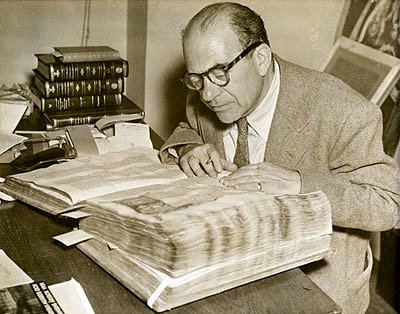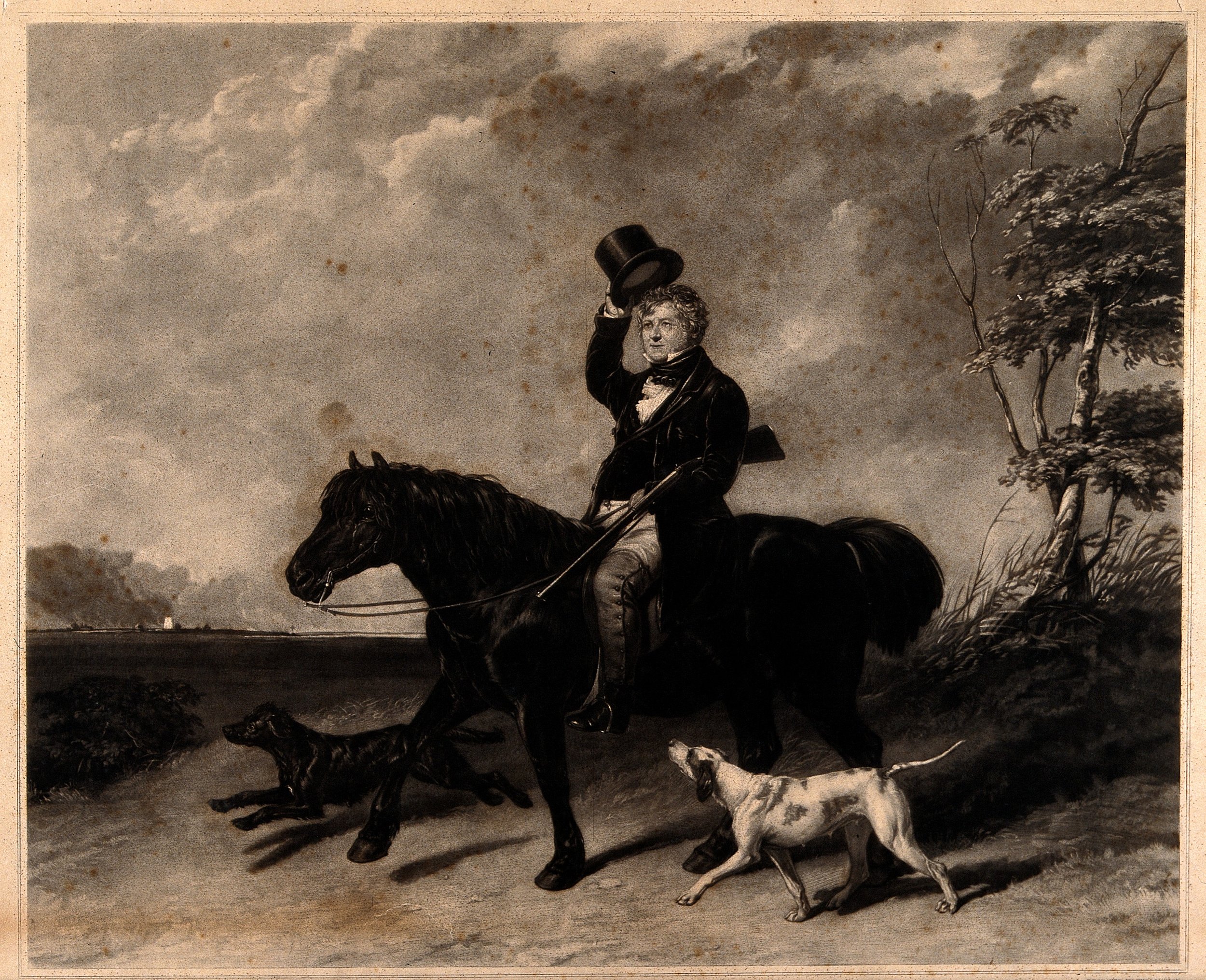Demystifying Drawings #4
Monday, 1 January 2024. Newsletter 4.
HOW TO:Read a drawing


-
The understanding that configurations of lines and colours are representations of natural objects. In non-abstract art the comprehension of these pure forms is often an intrinsic process.
- Understanding that a drawing, comprising of lines and colours, depicts a man holding a bowler hat near his head.
-
The recognition of a gesture, pose or mood in the objects represented.
- Recognition that the man holding the bowler hat has a kindly look and has lifted it toward the viewer.
-
The pairing of the motifs identified with the world of themes and concepts, stories and allegories, understood through knowledge of literary and cultural sources.
- Understanding that this is not just a man lifting a bowler hat, but a man politely greeting you through this action.
-
The interpretation of pure forms, motifs, images, stories and allegories as manifestations of underlying principles, ‘symbolical’ values, which reveal the “basic attitude of a nation, period, class, religious or philosophical persuasion – unconsciously qualified by one personality and condensed into one work”.
- Understanding that this man’s “polite gesture” is conditioned by his period, nationality, class, intellectual and cultural traditions.
In this first article in a recurring series exploring “ways of looking”, our editor examines the ideas of Erwin Panofsky (1892 – 1968), a pioneer in the field of Iconology.
Studies in Iconology
In early December I attended a lecture at the Royal Academy of Arts in London delivered by Greg Rubinstein, head of Old Master drawings at Sotheby’s. In his talk on the process of cataloguing (or “categorising”) drawings, he spoke of three basic “functions” that can typically be assigned a drawing: study; preparation for another work; and independent exercise. As a cataloguer myself, I nodded along in tacit agreement. My friend however, an artist, took umbrage at the notion and at the cataloguer’s duteous need to define and categorise. It was hardly a Kuhnian moment, but it gave me pause for thought on the many ways in which the same drawing can be viewed, understood and enjoyed.
On the surface, an encounter with a drawing sparks a raw emotional engagement which can be shaped by innumerable factors: the location, prior knowledge of an artist’s work, the context, the framing, the lighting and so on. Whether it be positive or negative, this initial encounter demands a response. Even apathy is a response. Following on from that, the appreciation of a drawing can also arrive at various levels: the appreciation of a pure image; the appreciation of an artist’s skill; the appreciation of the chosen subject matter and its interpretation; the appreciation of the work through knowledge of its wider context and so on. All of these forms are valid and can arrive without total comprehension of the drawing’s “function”, or “intrinsic meaning”.
Much like a drawing’s “function”, the search for an artwork’s “intrinsic meaning” has often been systematised by the art historian. In 1939 the “iconologist”, Erwin Panofsky, proposed a theory of visualisation and interpretation intended to provide a framework for addressing exactly this point. No doubt my artist-friend will deplore this method of looking just as much as the function-lead approach. For one, it largely ignores aesthetics, and an artist’s skill. It is also more relevant to complete compositions rather than preparatory studies and exploratory exercises. But let us put these caveats aside for now as the framework still provides a fascinating approach for teasing out the secrets of the Old Masters.
In Panofsky’s theoretical manifesto, he establishes three spheres through which we interpret a work of art: primary; iconographical; and iconological. By recognition of the primary forms, identification of the icons and interpretation of the historical, social and cultural conditions conducive to its creation we arrive at Panofsky’s “intrinsic meaning”.
